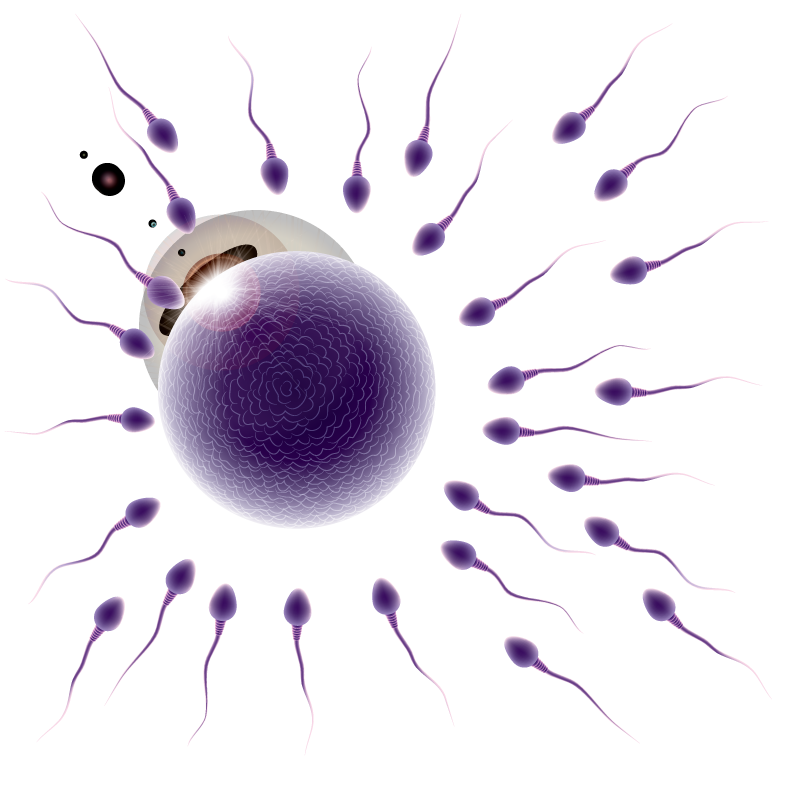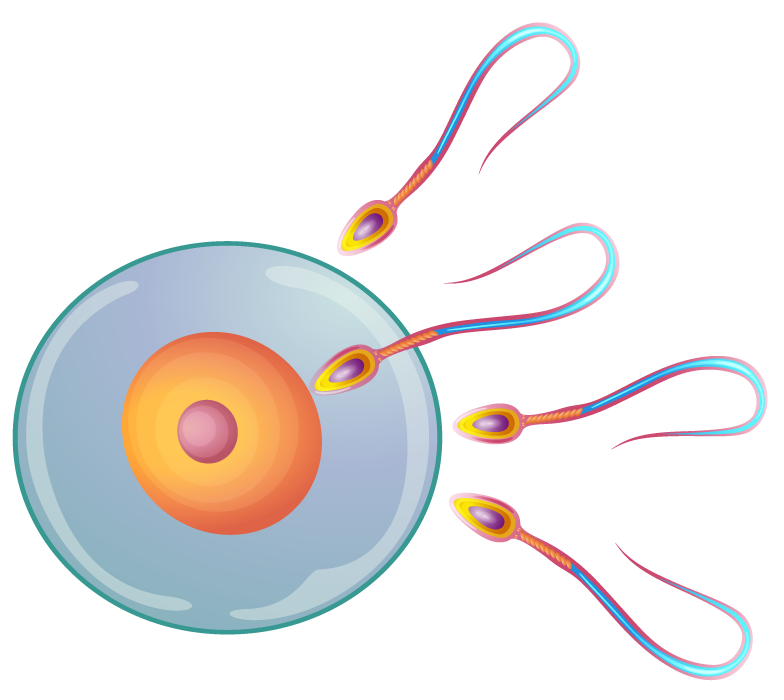
What is TESA/PESA?
TESA (Testicular Sperm Aspiration) and PESA (Percutaneous Epididymal Sperm Aspiration) are minimally invasive surgical procedures used to retrieve sperm for assisted reproductive techniques (ART) like In Vitro Fertilization (IVF) in men with infertility. Both procedures involve extracting sperm directly from the testicles or epididymis, the coiled tube that stores sperm.
- TESA: A thin needle is inserted into the testicles to aspirate sperm directly.
- PESA: A needle is inserted into the epididymis to collect sperm.
TESA procedure cost 2024
The cost of TESA can vary depending on several factors, including:
- Location of the clinic
- Physician’s fees
- Anesthesia fees
- Lab fees
- Medications
It’s important to consult with a fertility clinic to get a specific cost estimate. However, a general range for TESA in 2024 might be between $3,000 and $8,000. Insurance coverage can vary, so check with your provider to see if they cover any portion of the procedure.

PESA procedure steps-by-step
While both procedures are minimally invasive, here’s a general overview of the PESA steps:
- Local anesthesia is administered to numb the area.
- A thin needle is inserted through the skin into the epididymis.
- Suction is applied to collect sperm.
- The collected sperm is prepared for use in IVF or other ART procedures.
It’s important to note that this is a simplified explanation, and the exact procedure may vary depending on the specific circumstances.
Financing options for TESA/PESA
The cost of fertility treatments can be a burden. Here are some ways to finance TESA/PESA:
- Insurance: Check with your insurance provider to see if they cover any portion of the procedure.
- Fertility loans: Several lenders offer loans specifically for fertility treatments.
- Payment plans: Some fertility clinics offer payment plans to help make treatment more affordable.
- Grants and programs: Certain organizations offer grants or programs to help finance fertility treatments.
TESA after failed IVF
If traditional IVF using sperm ejaculated naturally has been unsuccessful, TESA/PESA may be an option to retrieve sperm directly for another IVF attempt. This approach can be helpful in cases of:
- Blockages in the vas deferens, the tubes that carry sperm from the testicles.
- Low sperm count.
- Poor sperm quality.

FAQs
2. What are the alternatives to TESA/PESA?
Alternatives to TESA/PESA depend on the cause of infertility:
- Medication: Medications may help improve sperm production or motility.
- Surgery: Procedures like vasectomy reversal can address blockages.
- Sperm donation: This is an option for couples who are unable to achieve pregnancy using the male partner's sperm.
3. What is the success rate of TESA/PESA?
Success rates for TESA/PESA vary depending on factors like the cause of infertility and the quality of retrieved sperm. However, studies suggest pregnancy rates can range from 20% to 80% when combined with ICSI (Intracytoplasmic sperm injection), a type of IVF that injects a single sperm directly into an egg.
4. Are there any risks associated with TESA/PESA?
TESA/PESA are generally safe procedures with minimal risks. However, some potential complications include:
- Infection
- Bleeding
- Discomfort at the needle insertion site
5. Can TESA/PESA guarantee pregnancy?
No, TESA/PESA doesn't guarantee pregnancy. While it increases the chances of conception by retrieving sperm for use in IVF or ICSI, various factors can influence success, including egg quality, female fertility, and embryo development.
6. Is TESA/PESA covered by insurance?
Insurance coverage for TESA/PESA varies depending on your specific plan. It's important to contact your insurance provider to determine if they cover any portion of the procedure.
